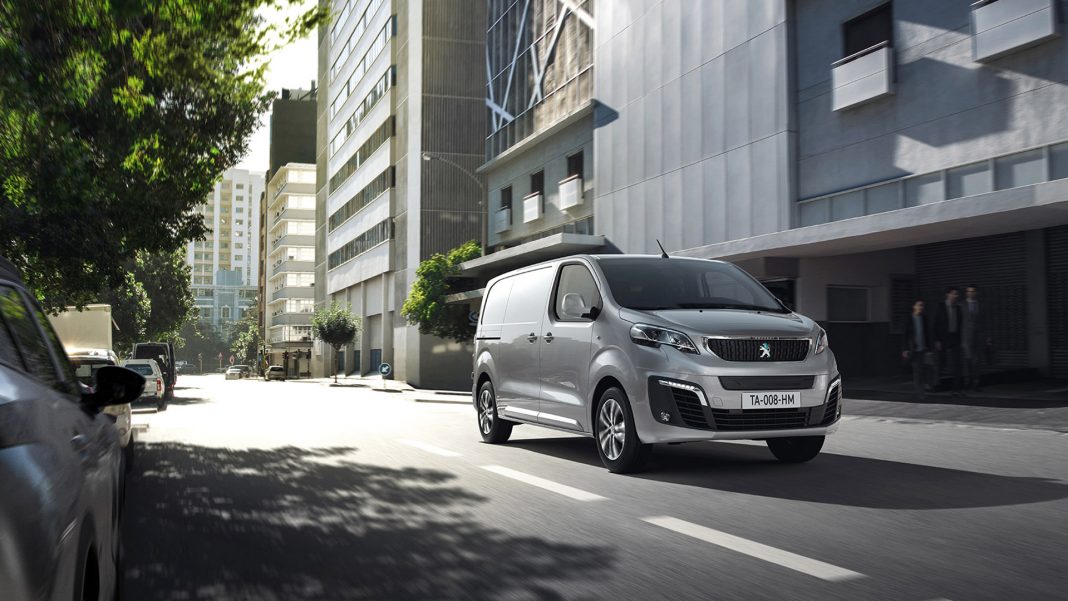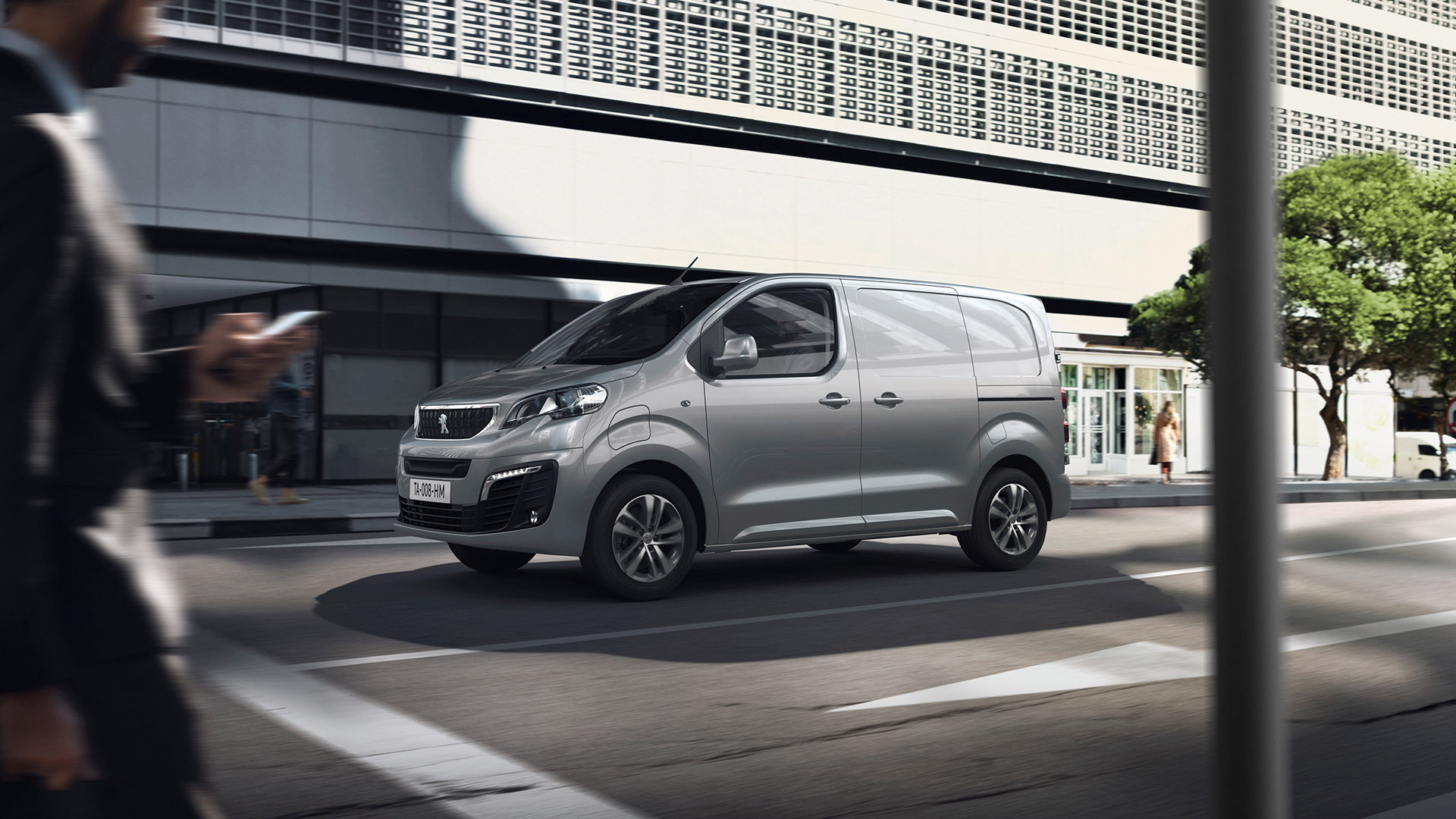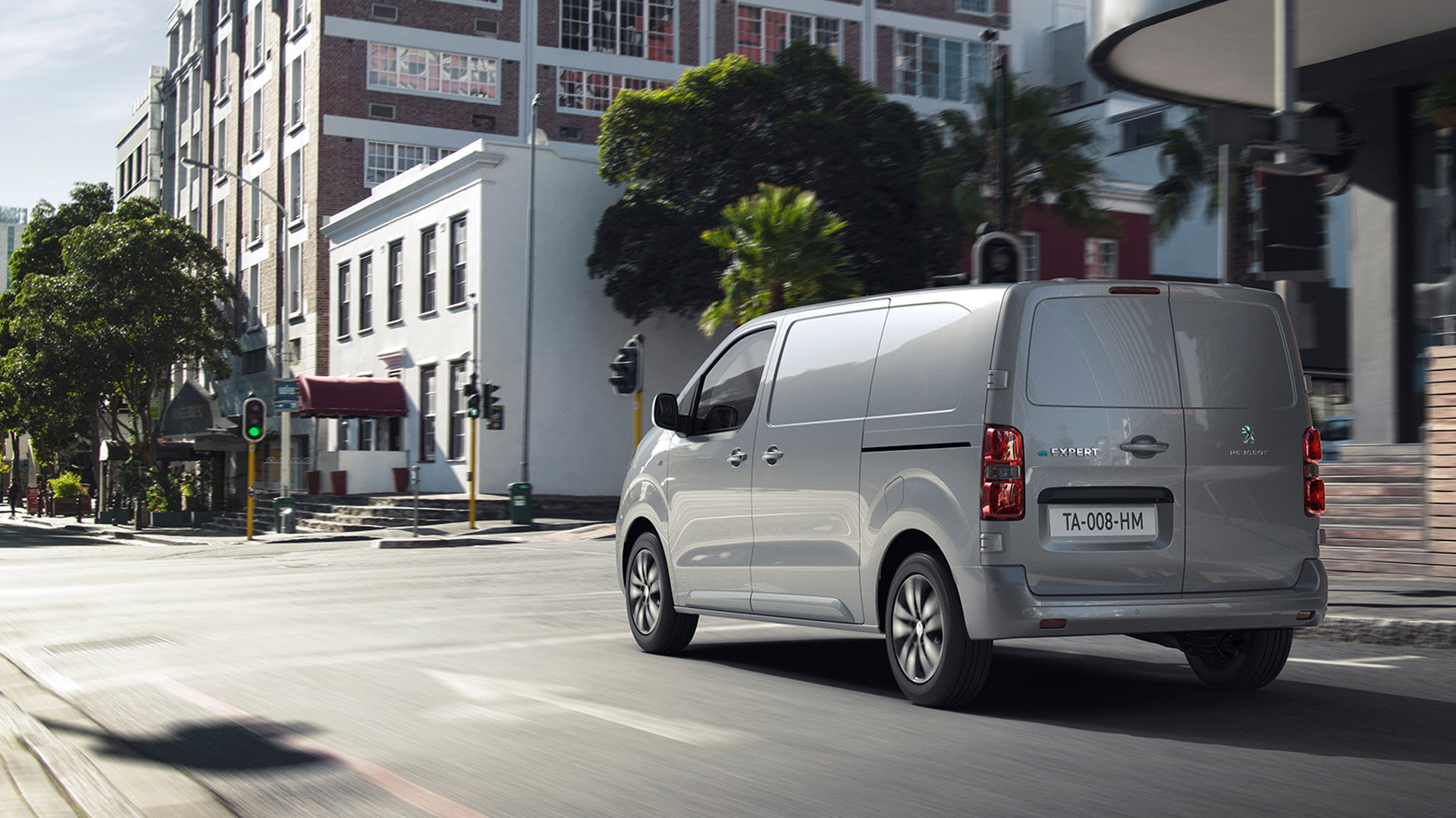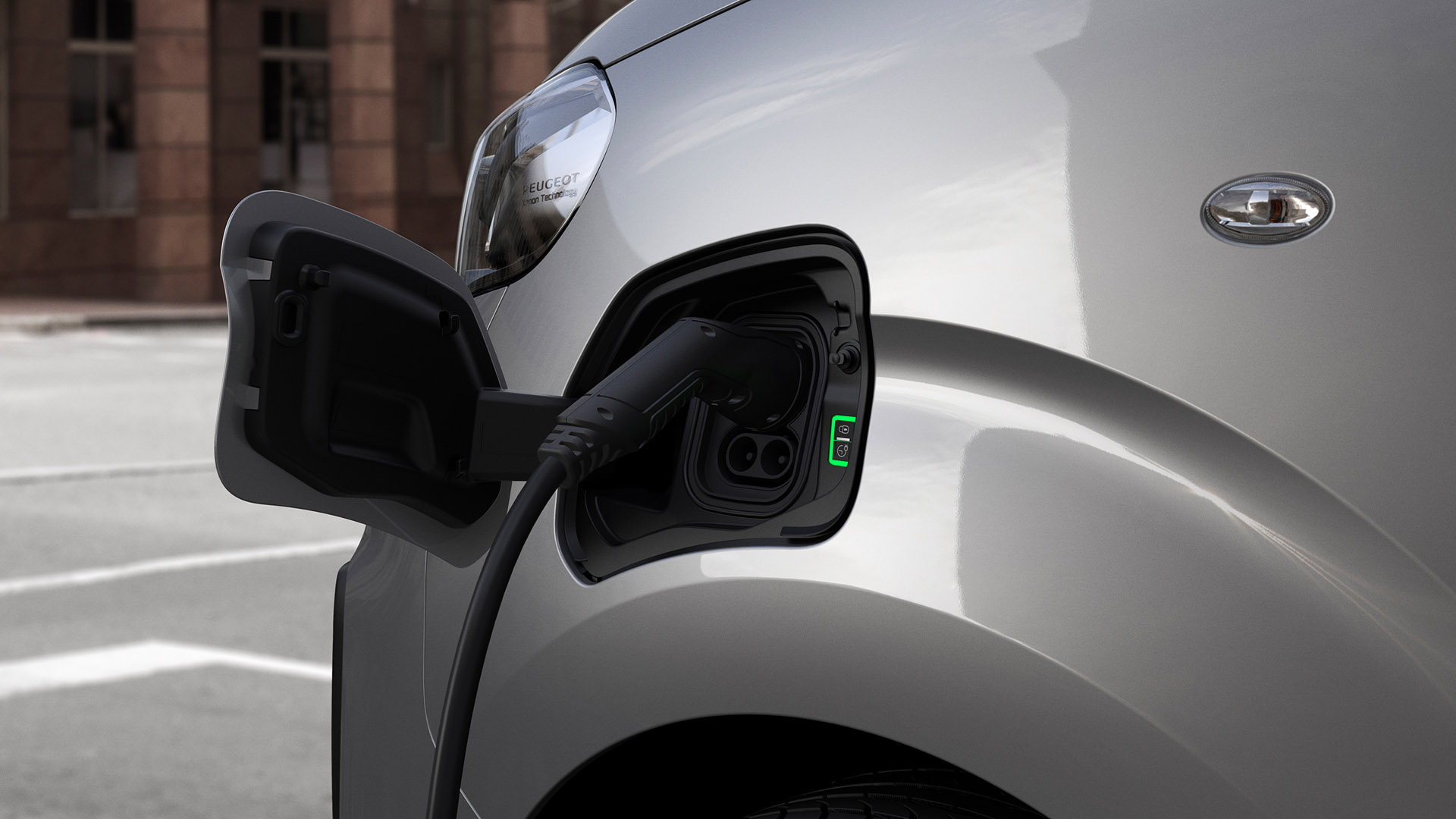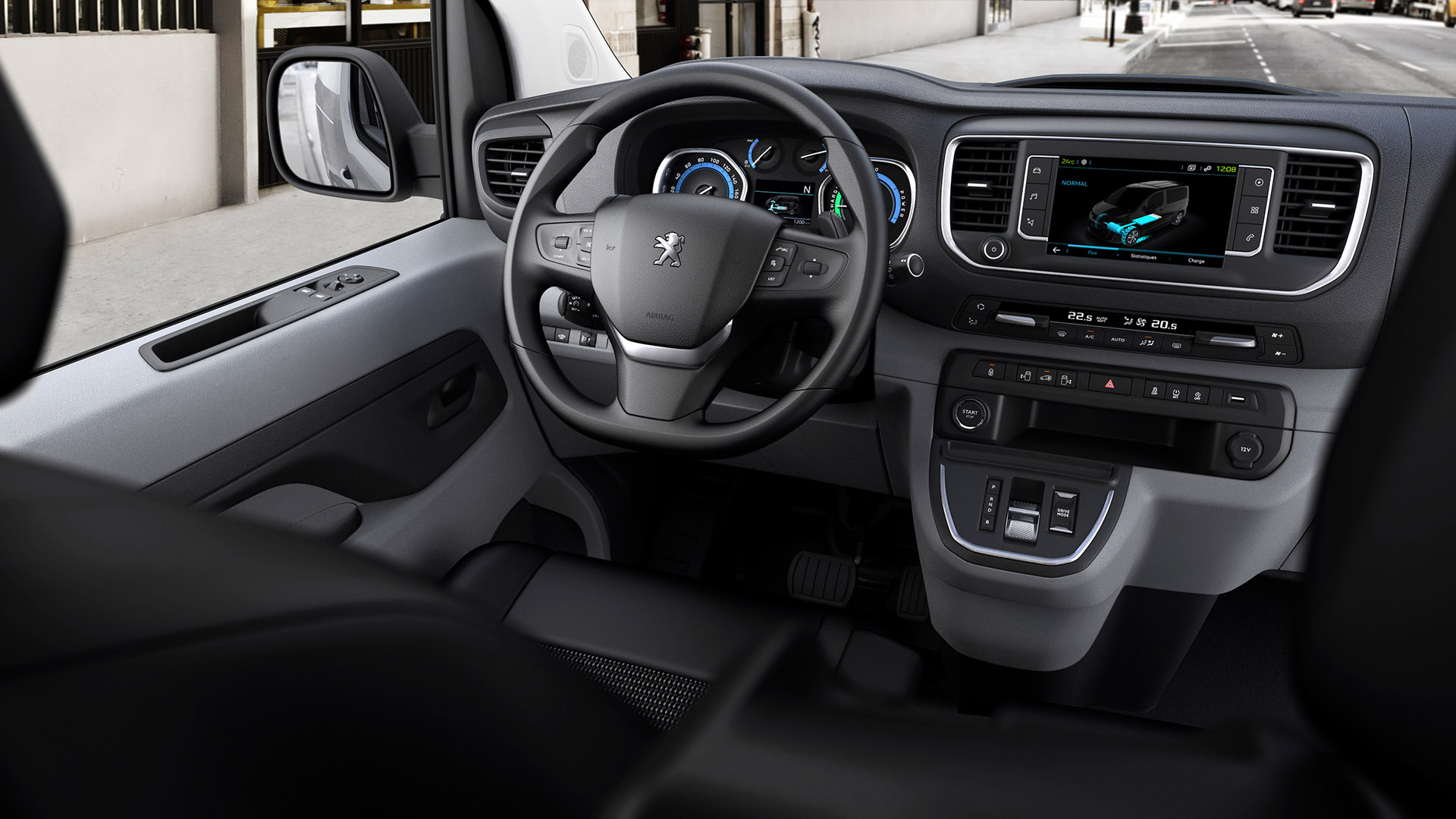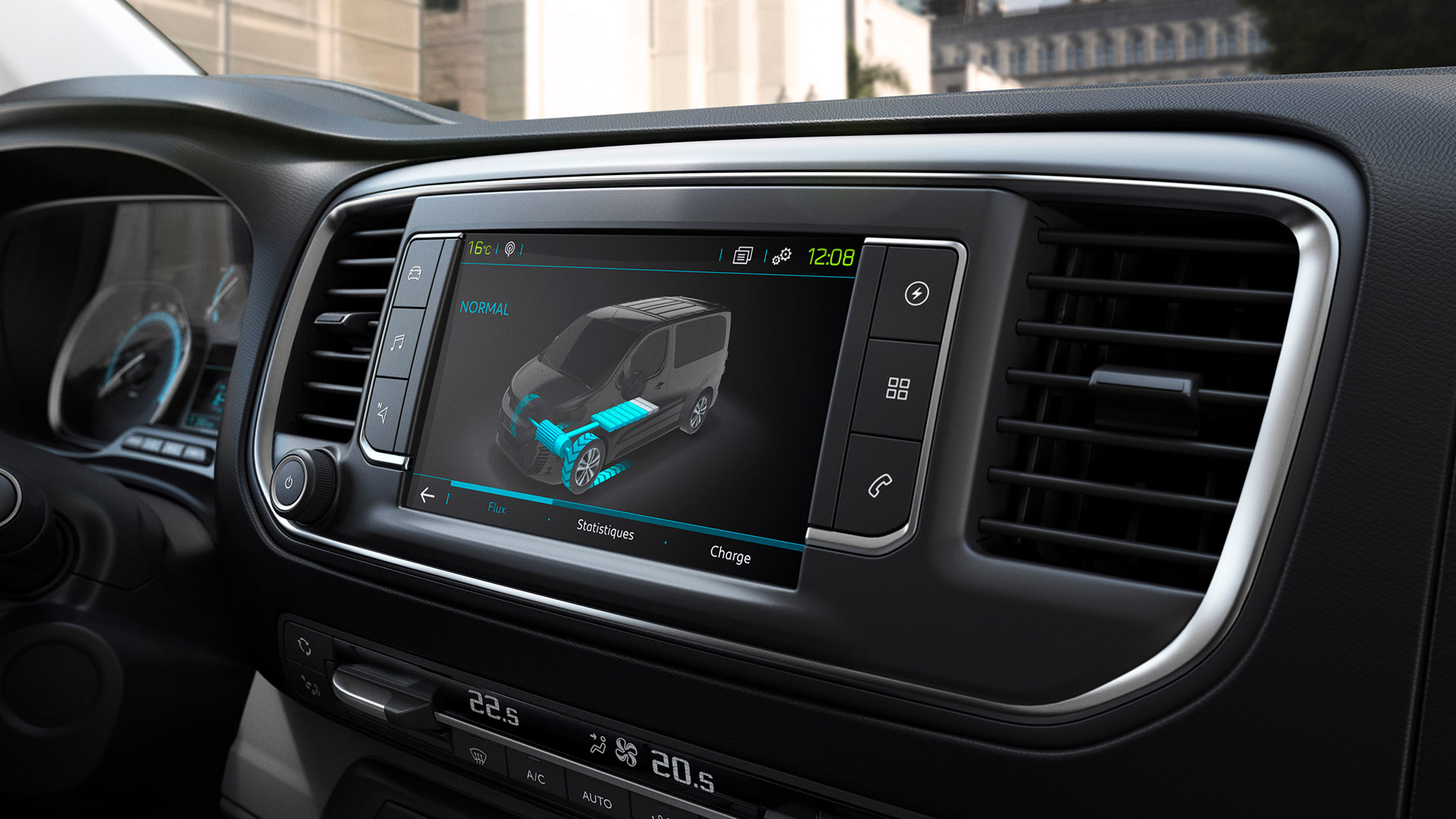The new Peugeot e-Expert is an all-electric van that follows suit from the automaker’s 2016 gasoline variant. The latter recently got upgraded to meet Euro 6D requirements (RDE NOx limit of 80 mg/km); 195,000 examples of the Peugeot Expert have been made.
Read next: Peugeot concept cars: How futuristic sketches help design new vehicles
Peugeot’s decision to launch a new eco-friendly van in this segment makes sense. In Europe alone, the compact van market represents more than 750,000 vehicles per year. According to Peugeot “80% of commercial vehicle drivers travel, on average, less than 124miles (200 km) per day”, which paves the way for the next-gen e-Expert.
Thanks to technological advances, the e-Expert can run for up to 205 miles (330 km) on a single charge. Making it perfect for those who want to use the van in and around city centres; keeping costs down by avoiding all congestion zone charges; saving money on recharging overnight as opposed to refuelling a gasoline tank.
Read next: Peugeot offers a £500 rebate on its fully electric vehicles
In terms of its design, the van retains all the same philosophies as the internal combustion versions, but adds a few additional features; from the outside:
- Dichroic Lions (badge) at the front and rear
- A charging flap on the left front wing
- A distinctive front grill
- An “e-Expert” monogram around the back
Inside, there’s a redesigned centre console:
- An analogue handset with colour matrix and specific electric data
- Specific graphics for the central touchscreen with TomTom Traffic 3D connected Navigation
- A new “e-Toggle” automatic gearbox control
- A drive mode selector switch with Eco, Normal or Power modes
- An electric parking brake
Buy a car phone mount on Amazon (Affiliate)
Given its all-electric powertrain, the Peugeot e-Expert offers three driving settings
- Eco (60 kW): for optimising range
- Normal (80 kW): suited for everyday use
- Power (100 kW): optimises performance when transporting heavy loads
As such, two braking modes will be available: ‘Moderate’ and ‘Emphasised’. The latter will be used to recoup energy back into the battery by adapting a one-pedal approach; in other words, in city driving, you won’t have to touch the brake pedal as the vehicle will automatically decelerate when your foot is lifted off the accelerator.
In terms of power, the electric motor provides up to 100 kW (134 hp) of power and a maximum torque of 260 Nm. As a result, in power mode, the e-Expert has a top speed of 80 mph (130 km/h) and gets to 62 mph in 13.1s.
Read next: Reflex Vehicle Hire bolsters its range with a hybrid van
When it comes to driving range, the e-Expert is available in two battery capacity options: 50 kWh and 75 kWh. The former has a WLTP range of up to 143 miles (230 km), while the latter will last 205 miles (330 km) on a single charge. Two types of on-board chargers are available: a 7.4 kW single-phase charger and an optional 11 kW three-phase charger.
This means that the 50 kWh model will take 7hrs 30mins to charge using a 7.4 kW wall box, while the larger capacity 75 kWh will take 11hrs 20mins. Move up to an 11 kW three-phase charger and these numbers drop to 5hrs and 7hrs 30mins, respectively.
Thankfully, that’s not the only way to replenish the van’s battery pack. Capable of accepting a 100 kW charge, the 50 kWh e-Expert will charge to 80% in 30 minutes, while the larger model will take 45 minutes, instead.
To preserve space and ensure maximum load capacity remains, Peugeot has integrated the e-Expert’s batteries within the vehicle’s floor. Here, the e-Expert is available in the same dimensions as the ICE models, with the same towing capacity of up to 1000kg. Despite its size, the vehicle has a turning circle diameter of 11.3m, and a height limit of 1.9m, which ensures it’ll get into most car parks.
Read next: Mercedes-Benz eVito Tourer: An All-Electric Van
Inside, the e-Expert sits three people in the front seat. The flat floor has a usable length of 1.16m and can be extended with the sacrifice of one less person sitting at the front. The payload volume hasn’t changed from the ICE model (4.6, 5.3 and 6.1m3), while the total payload weight is capped at 1,275 kg; down from about 1,500 kg in the ICE-based model.
In order to support its customers in the energy transition, Peugeot is launching a range of services. These involve public charge points; partnerships with home and workplace chargers; rental schemes that provide access to a longer-range ICE-based vehicle when needed; roadside assistance; a battery guarantee that covers the vehicle for 8 years or 100,000 miles (160,000 km) for 70% of its charge capacity.
Buy a car phone mount on Amazon (Affiliate)
The all-new e-Expert will go on sale in Europe in the second half of 2020, with production taking place in France, near Valenciennes. If you’re a van driver: would you consider getting an all-electric van, such as the Peugeot e-Expert? Let us know in the comments below or via social media; we’re on: Facebook, Twitter, Instagram and YouTube.

